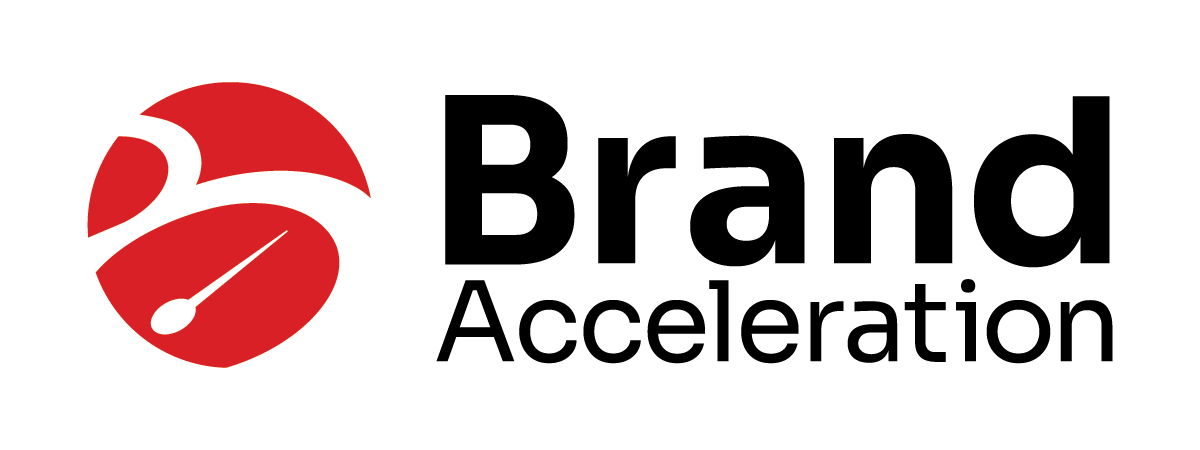Web sites are getting more sophisticated with each passing day. Not because of all of the cool apps and gadgets but because their owners are waking up to the immutable fact that they are business tools, not games. And, because owners are realizing that web sites need to be part of a broad and integrated program. Together with direct marketing, e-mail and social media, effective web sites demand an overall strategic plan that drives audiences to them.
In our target industries; economic development, architecture, engineering and construction (aec), web sites are very utilitarian. More than any other purpose, visitors use them as research tools. They come to them looking for information and answers. “Does this builder understand the requirements of my new hospital facility?” “Is the workforce in this area prepared to handle the demands of our new pharmaceutical research center?”
Unlike energy drinks or computer games, where “cool” is everything; these sites must make it very easy to find answers to these and other very important business questions. Their purpose is not to dazzle the prospect, they need to inform and differentiate in order to stay “on the list.”
But Jim, what about this really cool app?
I’m often asked this question and I fully understand the allure of a web site that does really cool stuff. However, if the cool app does little or nothing to assist the visitor accomplish his or her mission; it could very well become a hindrance, causing frustration and an early departure. They may leave and take you off their list. Nobody is going to keep you on the consideration list just because your web site has the coolest app they’ve ever seen.
Does a workhorse web site have to be boring?
Absolutely not! That’s not what I’m saying. What I am saying is that a great business site should be developed primarily with the goal of understanding what visitors are looking for and helping them find it. If a clever app can enhance the process and help visitors accomplish their mission, by all means, you should go for it.
Ask the audience!
Because of our highly-targeted industry approach, we make it a point to go to our audiences and asking them what they like or dislike about web sites. We regularly talk with higher education and health care facilities administrators, site selection consultants and C-Suite real estate executives. Here’s what they tell us:
Beauty had better be more than skin deep
A beautiful web site is, well, beautiful, but there had better be substance behind that beauty or you’re at risk of elimination. On the other hand, an ugly site can do serious damage to your chances of winning a project. I recently met an architect who was convinced that her firm lost a $4 million project because the prospect was turned off by her company’s ugly web site. Effective business web sites must be beautiful, easily navigable and very informative.
Don’t just say it, prove it!
It’s one thing to say your community has a skilled workforce, you’d better be prepared to back it up. If your workers are especially adept at running CNC machines, prove it by explaining how that happened and by listing other demanding area employers.
If your company is an engineering firm with tons of experience working with heart hospitals, make sure your portfolio reflects it and be sure to include a testimonial from a heart hospital representative.
Be sure your web team knows your business
When the time comes to develop your new web site, you need a team of players who thoroughly understand what you do. Does the designer know anything about site selection consultants and how they use web sites? Has the copywriter heard of or met a building administrator from a university or school system? Has the programmer had any experience with or understanding of how a real estate broker navigates a web site? These are very important questions. If your web team doesn’t thoroughly understand your customers, how are they supposed to develop a web site that will accomplish your business objectives.
What about mobile devices?
With the advent of such tools as the i-phone, i-pad, BlackBerry and other devices, there is a big push to make sure web sites are mobile-friendly, but it’s important to understand how they’re being used by your customers. Right now, they’re considered quick-glance and navigation tools. A site selection consultant might take a quick glance at your community just to form a cursory opinion about whether to keep it on the list or eliminate it because of missing information or because the site is hideously ugly. Don’t laugh, it happens. They might also use their navigation tool to find their way to your office or industrial park.
At Brand Acceleration, we track the analytics of numerous web sites and can tell you how many visitors hit a web site from their mobile device and can tell you that when the real research begins, they’ll do it from their computer, not from their mobile device.
It’s not about you!
The most common mistake, in my opinion, is when a company of community believes their web site is all about them. They load the copy with “we,” “our” and “us.” The problem is that they forget about the audience. The design, writing and development should be for the customers and should serve their needs and expectations.
As I mentioned, the team at Brand Acceleration is passionately focused on our clients’ target audiences. Our goal is to effectively connect the two sides in order to get our clients onto the consideration list and keep them there.
